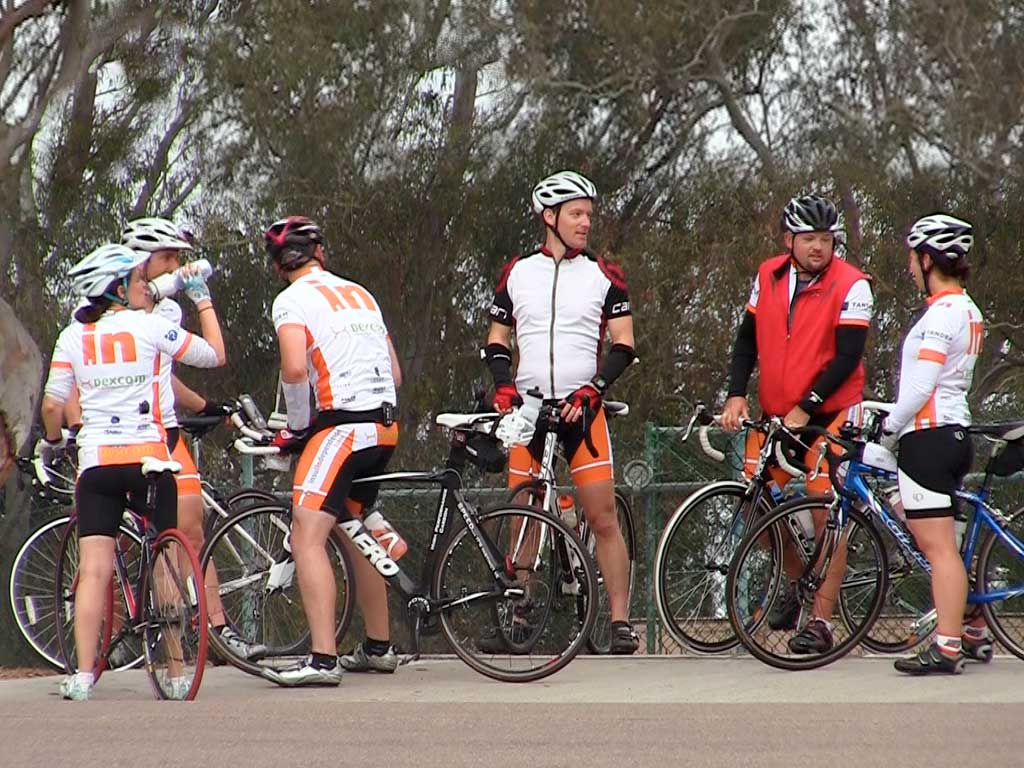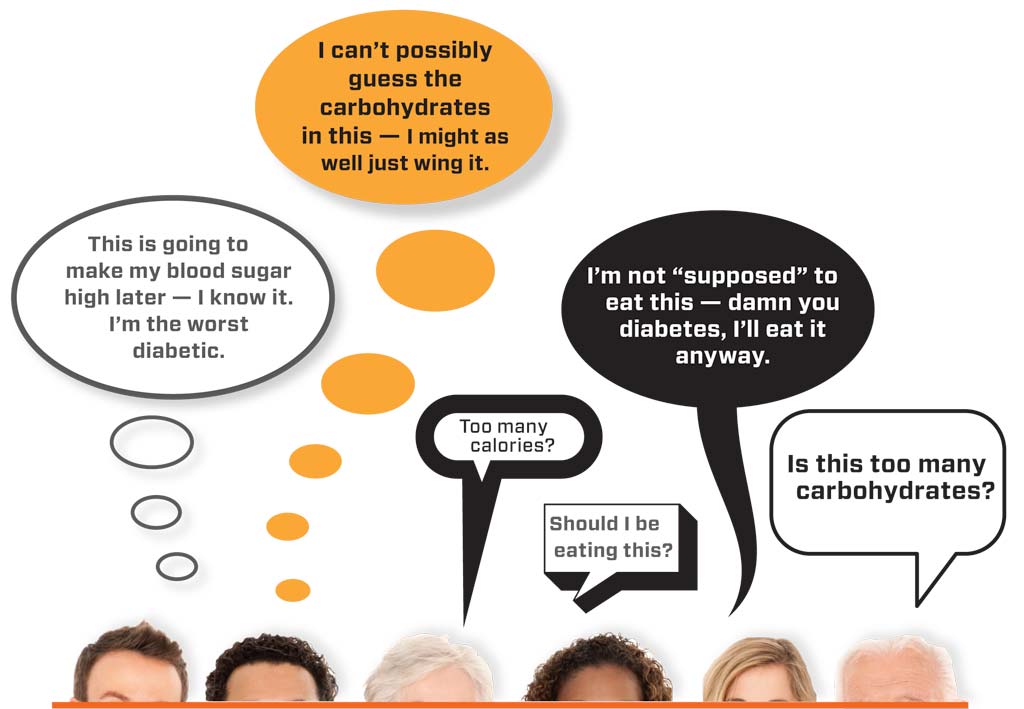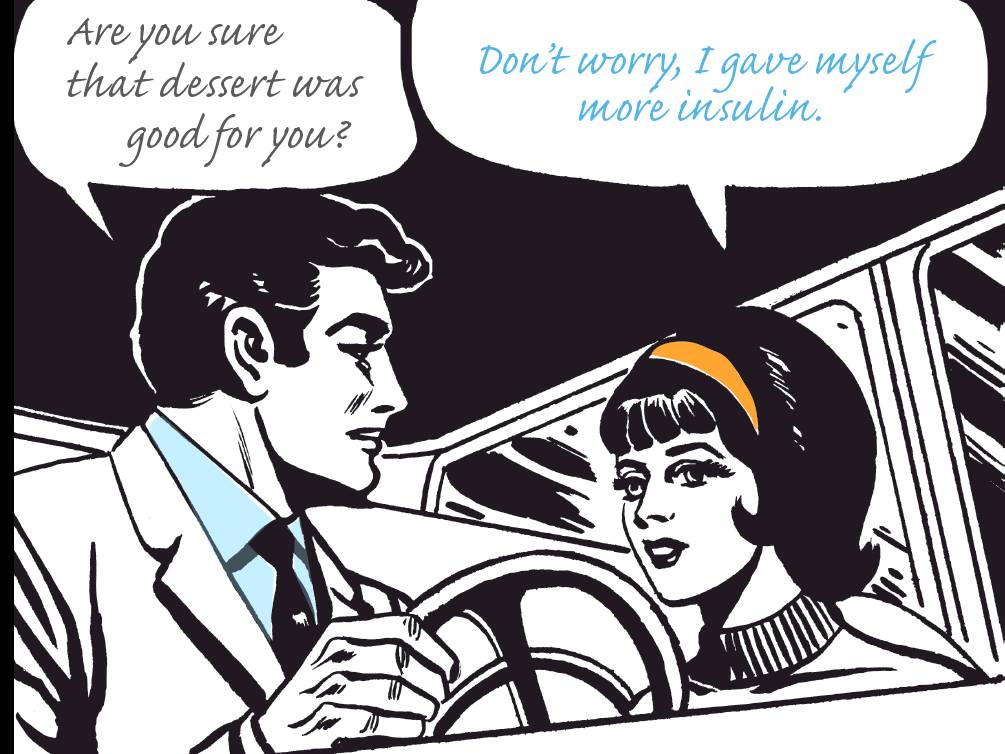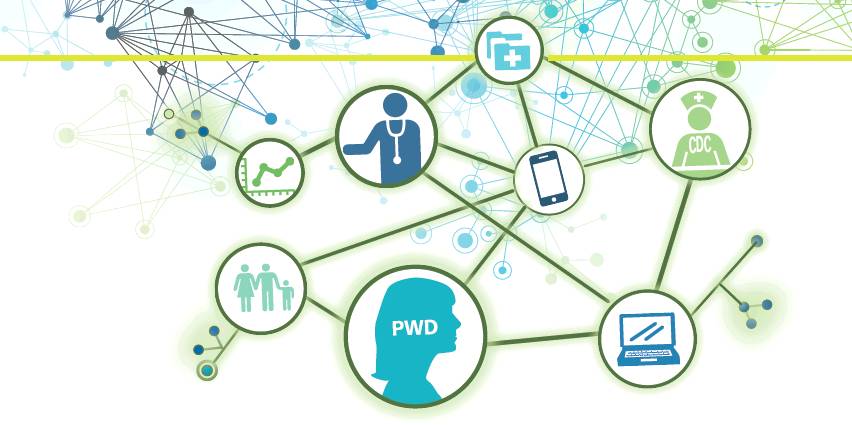Why Your Blood Sugar Spikes During & After Lifting Weights
Strength-training workouts breakdown muscle and glycogen, causing predictable rises on blood sugar during and after exercise
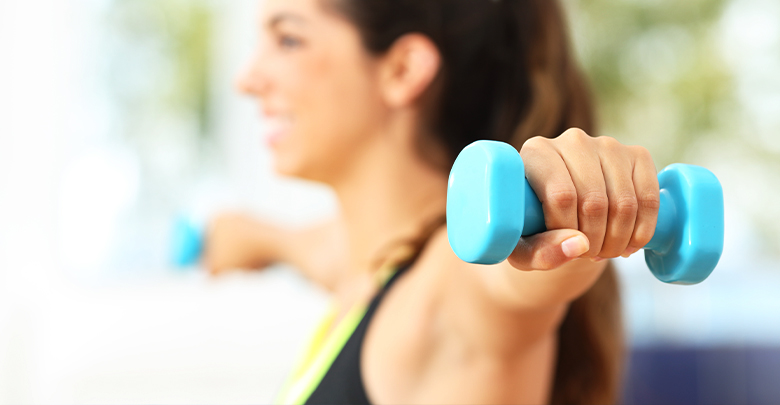
It’s often assumed that adrenaline is the reason your blood sugar spikes while lifting weights, but in reality, your intense weightlifting workout probably isn’t triggering that a “flight or fight” response as it would during a car accident, a soccer game, or a Cross Fit competition.
Your workout in the gym might be very intense, but the cause of that consistent rise in your blood sugar during and after is actually a different (yet very normal) physiological response to anaerobic exercise.
Why your blood sugar rises during lifting weights
When you lift weights or engage in other “anaerobic” or “strength-training” types of activity, your body is actually breaking down muscle, which includes the breakdown of glycogen.
Glycogen is essentially stored glucose in your muscles. Your muscles need that glycogen to fuel and feed themselves — especially when you’re exercising or when you’re not eating.
That glycogen, explains Sheri Colberg, Ph.D., author of “The Diabetic Athlete,” then breaks down into lactate and pyruvate before being cycled into providing ATP and energy for muscular work.
Hormones like glucagon (and sometimes adrenaline) are produced while strength-training which tells your liver to release its own stored glycogen, which is converted into glucose.
“It may also be impacted by any ongoing digestion of food and whatever level of insulin resistance is in effect at that time of day,” adds Colberg.
In a non-diabetic body, this would be accompanied by extra insulin from the pancreas.
In your body, you have to take that extra insulin manually. Some people do this by taking 1 unit at the start of or during their workout. (Personally, that’s what I did when I was training in powerlifting.)
If you notice a consistent increase in your blood sugar during your weightlifting workout — where you start out, for example, with a blood sugar of 100 mg/dL and are 220 mg/dL by the end of it, and you can’t blame that spike on food — then you’re likely experiencing this basic physiological response to anaerobic exercise.
The same thing can happen for anaerobic exercise like sprinting and spinning — both of which are anaerobic (not aerobic) types of exercise, because your heart rate is up for a short but very intense duration, and then down, and then up. Rinse and repeat.
Why your blood sugar rises after lifting weights
Okay, you have finished your workout. Your glycogen stores are depleted because your body broke down that glycogen and converted it into glucose for your muscles to use as fuel during your workout.
Guess what? Your body wants to replenish those glycogen stores immediately! Without glycogen, your muscles will become “catabolic” which means they will start “eat” themselves if there isn’t sufficient energy to maintain them.
You’ve probably heard that muscle burns more calories to maintain itself when you’re resting than fat burns? But the other issue is that your body will choose to burn muscle first if you aren’t eating sufficient calories and giving your muscles the fuel they need to rebuild and sustain themselves.
Liver dumping post-exercise
If you don’t eat a high-quality source of carbohydrates and protein after an intense workout session, your liver is going to release its own stores of glycogen, convert that into glucose, and then cycle it to your muscles to replenish those depleted glycogen stores.
In a non-diabetic body, this would be accompanied by extra insulin from the pancreas.
In your body, you have to take that insulin manually.
Know your options
What if you don’t want to eat carbohydrates after your workout? Okay, that’s fine — but your body still needs fuel after an intense weightlifting session.
- If you eat a meal that’s high in protein and/or fat, you should expect that a good portion of that protein will be converted into glucose so it can help to replenish those glycogen stores.
- If you don’t want to eat anything in the few hours after your workout, you’ll likely find you need to take a small bolus of insulin to compensate for the glucose produced by your liver.
- If you want those muscles to replenish their energy source and grow stronger, you’ve gotta help them get the fuel they need to survive.
It sounds tricky, but it’s actually just basic human physiology. The more you can experiment and apply this science to your workouts as a person with diabetes, the more success you’ll have in managing your blood sugar during exercise.

